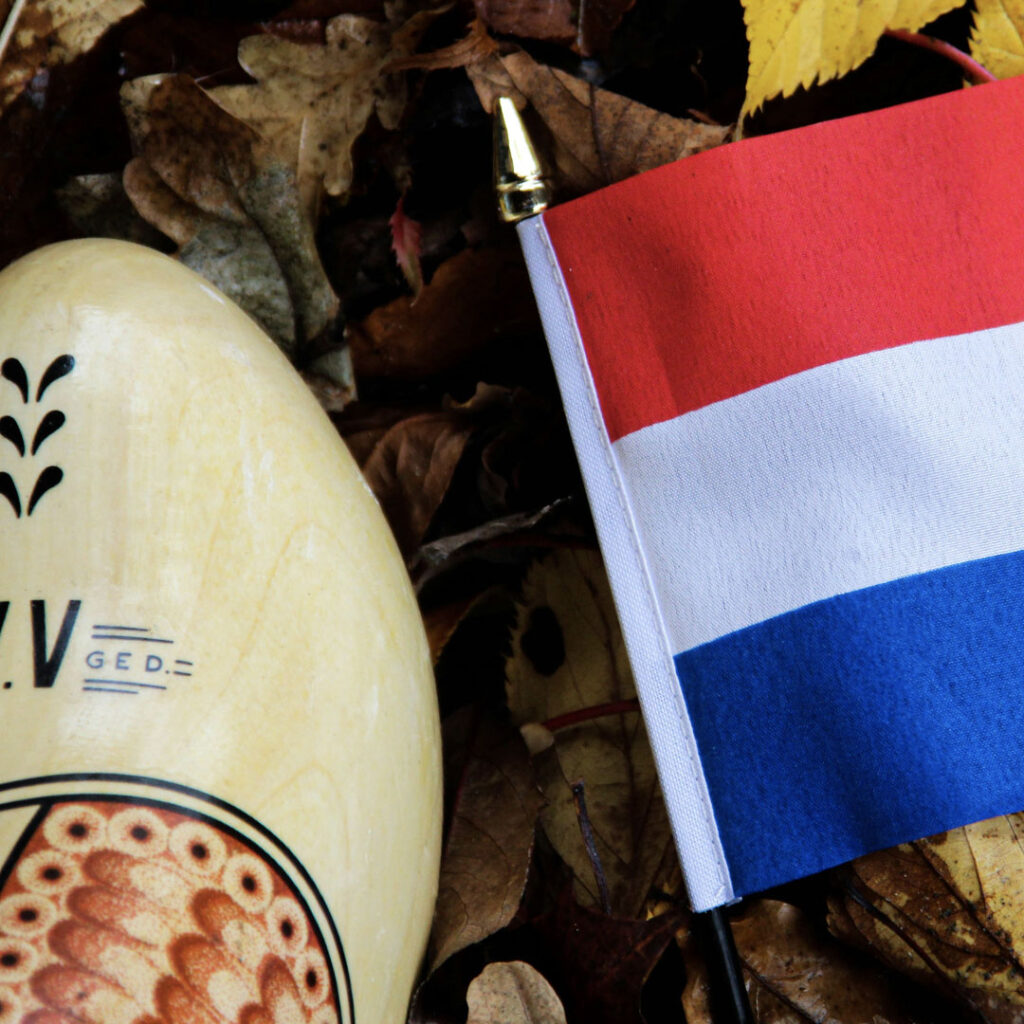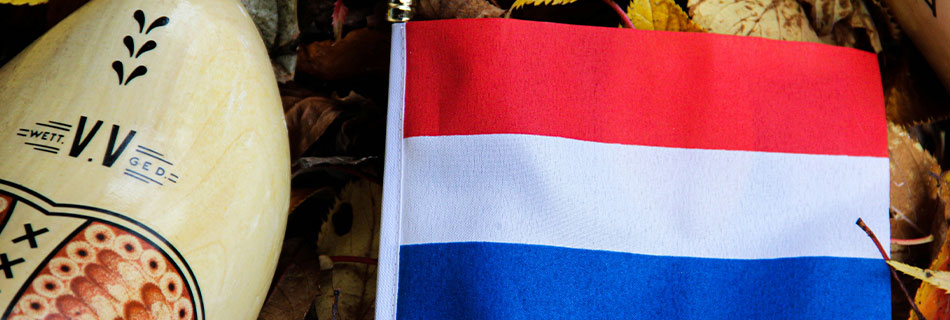These nearly forgotten Dutch beer styles highlight the Netherlands’ deep-rooted beer tradition. Fortunately, the craft beer movement continues to breathe new life into them, ensuring they are not lost forever.

The Netherlands, surrounded by world-famous beer cultures, has long embraced Belgian and German brewing traditions. However, the country has its own rich beer history, filled with unique styles that deserve recognition. Although many disappeared when German lagers took over, the craft beer revolution has sparked a modest revival.
Bredaas Wit
Bredaas Wit is a classic wheat beer with a local twist. Brewers mix wheat and barley with oat and even buckwheat. Occasionally, they add juniper for extra flavour. Since buckwheat is a pseudo-grain, brewers cleverly avoided certain taxes. Moreover, the oat gives this beer a fuller mouthfeel than its Belgian counterpart. Between 1550 and 1750, Bredaas Wit was one of the most popular beers in the Netherlands. In fact, the harbour in Breda was built specifically to export this beer to Amsterdam and other major cities.
Gruit
Gruit was once essential to brewing, not just in the Netherlands but also in Belgium and Germany. In the Middle Ages, before brewers discovered hops, they relied on a special herb mixture for bitterness and flavour. This mixture, known as Gruit (or Grut, Gruut, and Gruyt), dates back at least to the 11th century, when Emperor Henry IV began taxing it. Typically, brewers used gale, heather, ground ivy, horehound, mugwort, and yarrow. However, some recipes also included juniper, ginger, caraway seed, nutmeg, and cinnamon. Today, hops are allowed in Gruit, though it seems redundant.
Hoppenbier
When the Germans introduced hops, brewing changed dramatically. As a result, Gruit slowly disappeared, making way for Hoppenbier. Dutch brewers saw an opportunity and created their own version. Consequently, Hoppenbier became the first Dutch beer with a long shelf life. Since it could be stored for extended periods, breweries quickly expanded. The beer had an amber colour and used 40 kilograms of malt per hectolitre – twice as much as modern beers. Most recipes used up to 80% oat, along with some wheat.
Kluinbier
Kluinbier, originally from Groningen, thrived from the 15th to the 19th century. Unlike other beers, it combined barley (62.5%) with oat (37.5%), which was uncommon at the time. Since barley grew well in the northern provinces, this beer played a key role in the region’s brewing culture. Notably, Kluinbier required an astonishing 24-hour boiling process. Historical accounts describe it as sweet, dark, and full-bodied. Additionally, it served as an ingredient in Warm Beer, a winter drink made with spices, eggs, and brandy.
Kuitbier
Kuitbier, also known as Kuit, Koite, or Kuyt, closely resembles Hoppenbier. However, the main difference lies in the grain ratio: three parts oat, two parts barley, and one part wheat. Because it was cheaper to brew than Hoppenbier, Kuitbier quickly became the standard beer in the Netherlands. Cities like Delft, Gouda, and Haarlem produced it in enormous quantities. Around 1500, these cities brewed over one million hectolitres per year. As a result, Kuitbier spread across northern Europe. Even today, it remains the only Dutch beer style officially recognised by the Brewers Association.
Even today, the surnames Hoppenbrouwer and Kuitenbrouwer (with ‘brouwer’ meaning brewer) keep this beer heritage alive in the Netherlands.
Oud Bruin
Oud Bruin, despite its name, should not be confused with the more famous Flanders Oud Bruin. While the Flemish version is sour, the Dutch one is a malty, sweet, dark table beer. Brewers produced it by filtering the wort a second time, which resulted in a low-alcohol beer with a short shelf life. Therefore, they sweetened it heavily after brewing to improve the flavour.
Princessebier
Princessebier, one of the most luxurious nearly forgotten Dutch beer styles, originated in Amsterdam and gained immense popularity in the 19th century. This high-quality beer even reached the colonies in the East Indies. However, it eventually disappeared about a hundred years later. Interestingly, Princessebier was among the first filtered beers in the world. Yet, its exact composition remains unclear. Some sources describe a pale version, while others mention a darker one. Despite this uncertainty, Princessebier remains an important part of Dutch brewing history.


